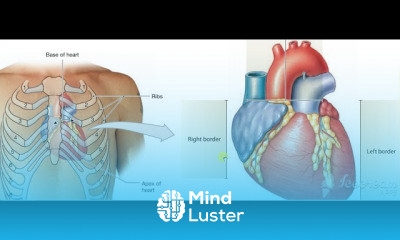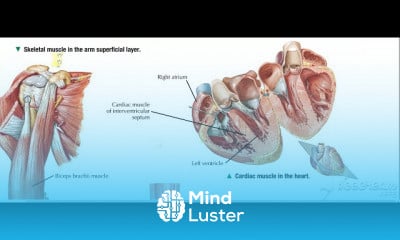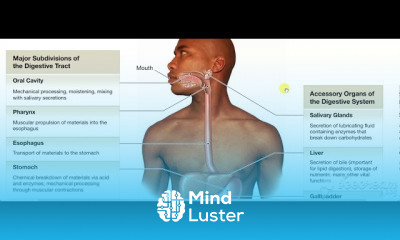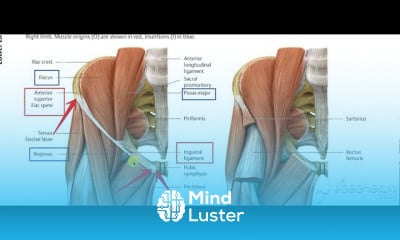Nasal cavity blood supply
Share your inquiries now with community members
Click Here
Sign up Now
Lessons List | 28
Lesson
Comments
Related Courses in Medical
Course Description
The nasal cavity is a large, air-filled space above and behind the nose in the middle of the face. The nasal septum divides the cavity into two cavities,[1] also known as fossae.[2] Each cavity is the continuation of one of the two nostrils. The nasal cavity is the uppermost part of the respiratory system and provides the nasal passage for inhaled air from the nostrils to the nasopharynx and rest of the respiratory tract.
The nose is an olfactory and respiratory organ. It consists of nasal skeleton, which houses the nasal cavity. The nasal cavity has four functions:
Warms and humidifies the inspired air.
Removes and traps pathogens and particulate matter from the inspired air.
Responsible for sense of smell.
Drains and clears the paranasal sinuses and lacrimal ducts.
In this article, we shall look at the anatomy of the nasal cavity – its divisions, structure and neurovascular supply.
The nose is an olfactory and respiratory organ. It consists of nasal skeleton, which houses the nasal cavity. The nasal cavity has four functions:
Warms and humidifies the inspired air.
Removes and traps pathogens and particulate matter from the inspired air.
Responsible for sense of smell.
Drains and clears the paranasal sinuses and lacrimal ducts.
In this article, we shall look at the anatomy of the nasal cavity – its divisions, structure and neurovascular supply.
Divisions
The nasal cavity is the most superior part of the respiratory tract. It extends from the vestibule of the nose to the nasopharynx, and has three divisions:
Vestibule – the area surrounding the anterior external opening to the nasal cavity.
Respiratory region – lined by a ciliated psudeostratified epithelium, interspersed with mucus-secreting goblet cells.
Olfactory region – located at the apex of the nasal cavity. It is lined by olfactory cells with olfactory receptors.
Trends
MS Excel
Python Programming | Edureka
Learning English Speaking
Python programming language
HTML5 Features for beginners
AI fundamentals for beginners
Online digital marketing from home
Java Programming Language
English greetings and responses
Ethical Hacking
C Programming Language
Video editing with adobe premiere
Building a Website with HTML CSS
Compiler Design Principles
Creating bitmap images from scratch
python programming essentials for beginners
Excel Course Basic to Advanced
Trading Analytics basics
Fingerspelling skills in Sign Language
Business process management basics
Recent
AutoCAD drawing commands for beginners
Combining Multiple Lines in autoCAD
Floor Plans in autoCAD 2D for beginners
Elevations with autoCAD floor plans
Revit fundamental for beginners
Drawing floor plans and furniture in autoCAD
3D Modeling in autoCAD for beginners
Drawing a floor plan in autoCAD
SketchUp for Web for beginners
AutoCAD 3D mechanical practice drawings
Creating sections in revit for beginners
Importing blocks from other files in autoCAD
Drawing grids and columns in Revit
Adding and editing layers in autoCAD
Editing dimension lines in autoCAD
Drawing dimension lines in autoCAD
Drawing commands in autoCAD for beginners
Modeling a simple house in Revit
Designing new wall types in Revit
Creating a channel on telegram from scratch


















